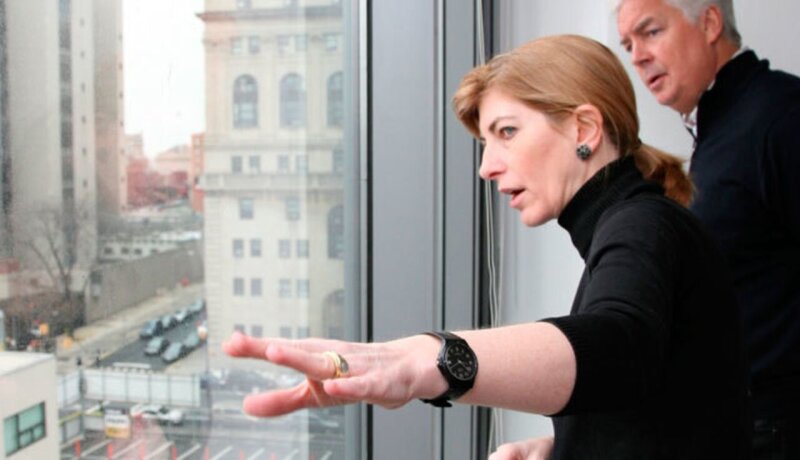Everyone deserves a place to call home. At Wayfair, we’re partnering with Community Solutions to help make this possible. Here, we talk with founder and president Rosanne Haggerty on what makes all the difference.

An international leader on solutions to homelessness, Rosanne Haggerty started as a shelter volunteer but quickly realized the deeper challenges. After years spent focusing on supportive housing, she founded Community Solutions, whose very name comes from the idea that there’s no single program that can put an end to homelessness – you need everyone working together.
Here, Rosanne talks with us about surprising solutions and changing the way we think.
Wayfair: You’ve been working to solve homelessness for years – what do you wish people knew about the issue?
RH: People can take heart from the fact that this is a solvable problem. Communities across the country are making progress, and many have reached “functional zero” – a measurable state where homelessness is rare and brief. There’s a sense that the issue is overwhelming, that the numbers are beyond belief. But even in places on the West Coast and in New York City with the highest numbers of people experiencing homelessness, you’re still looking at a fraction of 1% of the population. While it might not be easy to solve, it’s more manageable than people think.
Wayfair: Are there other misconceptions that always surprise people?
RH: The idea that homelessness is about individual misfortune. It’s really about system failure. We all want to live in a country where if people come upon a crisis, they can manage through it with the community there for support. Homelessness is really a red flag that your community’s intentions around supporting vulnerable people are not as effective as you might think.

Wayfair: What is the Community Solutions approach and how is it different?
RH: Our approach is about unified action, setting community-level goals, and helping communities synchronize everything that needs to happen to get to zero homelessness. And supporting a network of these communities so that they can learn in real time from each other’s work.
Built for Zero is a model that has really proven itself. We now have 14 communities that have ended chronic or veteran homelessness and another 46 who are making steady reductions. This practice of teaming up on the problem and using data and a very rigorous process to see what is working and what isn’t is really leading the way.
Wayfair: What can people do to help?
RH: The key task we see right now is having citizens make it clear to their local elected officials that this is a solvable problem and it needs to be a priority. This is not a problem that is going to be solved by a collection of worthy, separate efforts. Anyone’s voice raised to their local elected officials can help, saying "If we don’t know by name and in real time how many people are experiencing homelessness in our community, if all of our organizations aren’t working as a single team, it’s a problem."